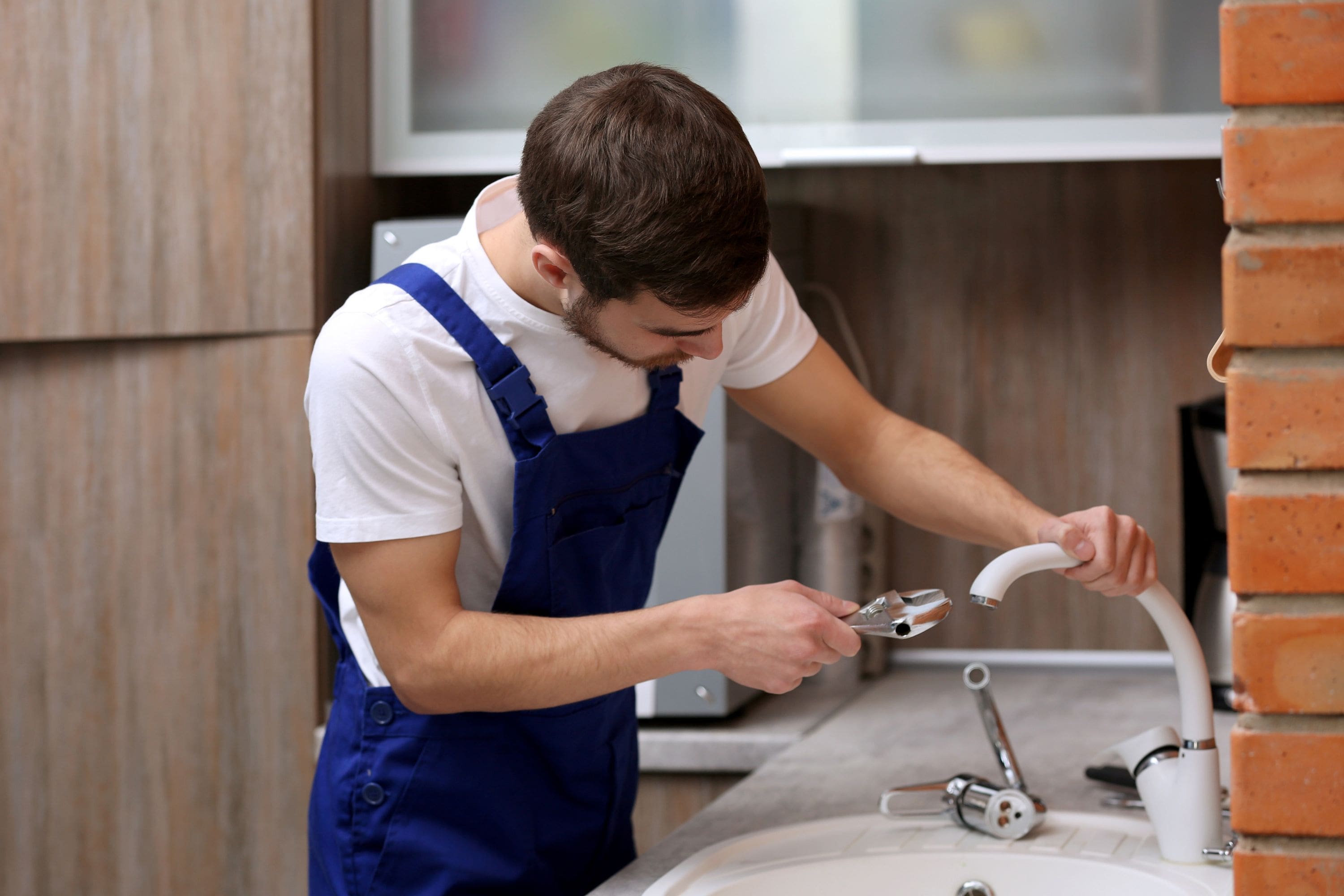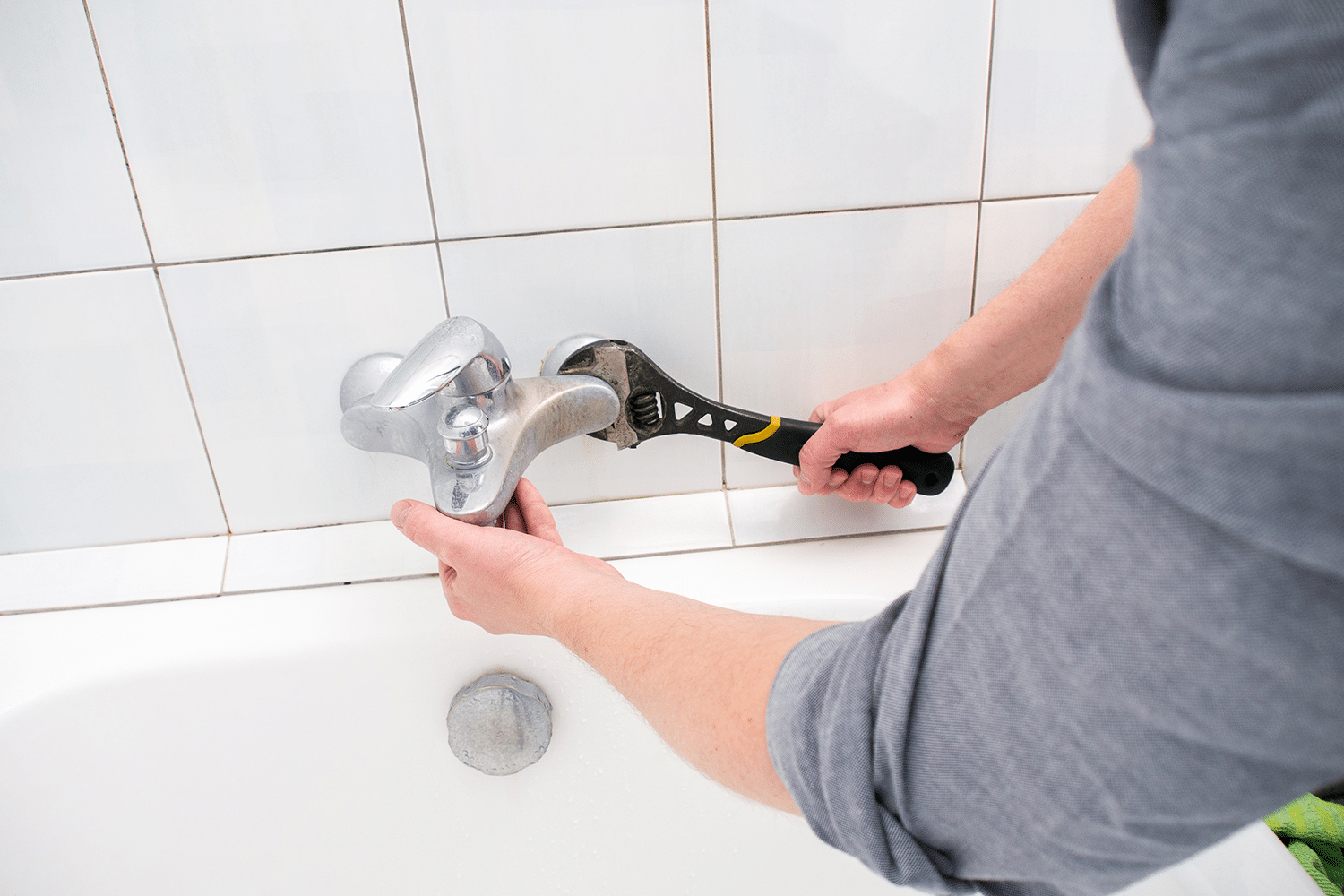Have you been in search of resources on 4 Common Reasons for a Leaky Faucet?

Dripping faucets might appear like a minor aggravation, yet their influence surpasses just the annoyance of the audio. From wasting water to sustaining unnecessary economic expenses and health dangers, overlooking a leaking tap can lead to numerous repercussions. In this post, we'll delve into why it's important to resolve this typical household concern promptly and properly.
Wastage of Water
Ecological Effect
Dripping taps contribute dramatically to water wastage. According to the Environmental Protection Agency (EPA), a solitary tap trickling at one drip per second can squander more than 3,000 gallons of water per year. This not only pressures water resources yet likewise affects ecosystems and wild animals dependent on them.
Financial Costs
Raised Water Costs
Past the environmental impact, trickling faucets can pump up water bills significantly. The collected waste gradually translates into higher utility costs, which could have been stayed clear of with timely fixings.
Prospective Home Damage
In addition, long term dripping can result in damage to components and surface areas surrounding the faucet. Water accumulation can trigger staining, rust, and even architectural issues if left neglected, resulting in extra repair service prices.
Health and wellness Worries
Mold and Mildew Development
The constant presence of wetness from a dripping tap creates a suitable atmosphere for mold and mold growth. These fungis not only compromise interior air top quality however likewise pose health and wellness dangers, specifically for individuals with respiratory problems or allergic reactions.
Waterborne Illness
Stagnant water in trickling taps can come to be a breeding place for germs and various other pathogens, enhancing the risk of waterborne illness. Impurities such as Legionella bacteria prosper in stagnant water, potentially leading to significant ailments when ingested or inhaled.
DIY vs. Professional Repair
Pros and Cons of DIY Repair
While some might try to take care of a dripping tap themselves, DIY repair services come with their very own set of difficulties. Without proper understanding and tools, do it yourself attempts can exacerbate the problem or result in incomplete fixings, lengthening the trouble.
Benefits of Working With an Expert Plumber
Employing a specialist plumber makes certain that the underlying source of the dripping tap is dealt with efficiently. Plumbing professionals possess the expertise and tools to diagnose and repair faucet concerns successfully, conserving time and lessening the threat of additional damage.
Step-by-Step Overview to Repairing a Dripping Tap
Devices Called for
Before trying to deal with a dripping tap, collect the needed devices, including an adjustable wrench, screwdrivers, replacement components (such as washing machines or cartridges), and plumber's tape.
Typical Faucet Issues and Their Solutions
Identify the type of tap and the certain problem creating the drip. Usual issues include damaged washing machines, corroded shutoff seats, or malfunctioning O-rings. Refer to manufacturer instructions or on-line tutorials for detailed advice on fixings.
Preventive Measures
Normal Upkeep Tips
To prevent dripping faucets, perform routine upkeep such as cleaning up aerators, examining for leaks, and replacing worn-out components immediately. Furthermore, think about installing water-saving tools or updating to more reliable fixtures.
Relevance of Prompt Repair Works
Addressing dripping taps as quickly as they're observed avoids further water wastefulness and possible damage, inevitably conserving both water and money over time.
Effect On Property Value
Perception of Well-Maintained Residential Property
Maintaining a residential or commercial property in good condition, consisting of dealing with maintenance issues like dripping taps, boosts its viewed worth and charm amongst prospective purchasers or occupants.
Impact on Resale Value
Features with well-kept plumbing fixtures, consisting of faucets, command greater resale worths in the real estate market. Resolving leaking taps can contribute to a positive impression during residential or commercial property examinations and negotiations.
Environmental Duty
Individual Contribution to Conservation
Taking obligation for dealing with trickling taps aligns with broader efforts toward water conservation and environmental sustainability. Every individual's actions collectively make a considerable effect on protecting valuable sources.
Lasting Living Practices
By prioritizing timely repair work and adopting water-saving practices, individuals add to lasting living techniques that benefit both existing and future generations.
Verdict
Attending to a leaking faucet surpasses simple benefit; it's an important action towards conserving water, reducing monetary costs, and guarding health and wellness and residential or commercial property. Whether via do it yourself repairs or specialist support, doing something about it to repair trickling faucets is a tiny yet impactful way to advertise responsible stewardship of sources and add to a healthier, a lot more lasting future.
Why Are My Faucets Dripping (And Can I Fix it Myself)?
Causes of a Dripping or Leaking Faucet
Whether you’re hearing drops of water falling and hitting a sink, or noticing water ooze out from the base of the spout, you shouldn’t ignore a dripping or leaking faucet. And, the good news is, sometimes you can fix the problem yourself.
In this article, we’ll review a few common causes of dripping and leaky. We’ll also walk you through some basic ways to find the problem and handle it without calling anyone — and let you know when to call in a pro.
But, no matter what the cause, or whether you can handle it on your own, the sooner you address it, the better.
Each drip may be a tiny amount of water. But, they all add up quickly. According to the U.S. Geological Survey, one faucet losing one drop every 20 seconds — five a minute — wastes around a liter of water every day, and 173 gallons a year.
Add in more than one in your house, and it’s a lot of water to waste. So, we’ll help you get to the bottom of things quickly.
Four Reasons Your Faucet May Be Dripping
Aerator is Damaged or Unseated Valve Seat is Corroded O Ring is Loose or Worn Out Part of the Assembly is Loose Aerator is Damaged or Unseated
If you unscrew the end of your faucet, you’ll find the aerator. It’s the little stem piece with a screen on it that shuts off the water circulation.
If it’s damaged, or if it’s not sitting right, it will allow water to pass through.
Valve Seat is Corroded
Next is the valve seat, which is connected to the washer. If the washer wasn’t in place correctly, then it could have ground against the seat. Over time, this damages the valve seat.
The problem could also be corrosion: Over time, the part has worn out, and it’s now allowing water to pass through.
O Ring is Loose or Worn Out
Since the o ring is only a small rubber gasket, it’s a common reason why the faucet is dripping. You’ll find it at the base of the faucet, and it’s there to keep water from coming out where it’s not supposed to.
However, it’s common for the o ring to wear out over time. When it does, you’ll notice a drip.
Part of the Assembly is Loose
So far, we’ve looked at a few small, specific parts. But, the problem could be anywhere in the assembly if something’s out of place.
Even if a part isn’t damaged, over time, it may have become loose or dislodged. It could be the parts we mentioned, or the aerator at the tip of the faucet, the stem itself,
Can I Fix a Leaky Faucet Myself?
Depending on the problem, and how handy you are, there’s a chance you can fix a leaky faucet without calling a professional. But, you do run the risk of making the problem worse.
If it’s a small drip, you can certainly try a few troubleshooting tactics. We’ll walk you through them in a moment.
But, no matter what, your first step should be shutting off the water coming into the faucet. You should find a shutoff valve under the sink on the pipes leading to it. Turn each one clockwise until they close tightly.
Next, make sure you have the right tools for whatever you’re attempting. It’s tempting to make do with what you have. But, you need the right ones for a reason: You’re often dealing with small parts that can break if you handle them carelessly.
If you’re feeling confident, here are some places to start.
Items Near the Tip of the Faucet
A few of the parts we mentioned — particularly the valve seat and washer — are located at the tip of the faucet where the water comes out. They’re easy to access, making it a good place to start.
Check the O Ring
To check the o ring, you’ll need to take off the spout at the base. It’s easiest on kitchen sinks with long spouts, versus the smaller, bulkier base on most bathroom sinks.
Either way, this can be tricky, so do it carefully and don’t force anything. If it’s not coming right off, you’re much better off calling in a pro than possibly breaking something.
For a kitchen sink, there’s usually a nut or coupling assembly at the base of the spout. These often slide off easily without using any tools.
Once you’ve disassembled those parts, gently but forcefully twist off the spout.
Then, you can see the o rings. There should be two of the rubber gaskets on the base. If they look worn or damaged, replace them, and see if that solves the problem.

Do you like more info about What Causes Leaky Faucets & How To Fix Them? Put feedback below. We would be glad to see your ideas about this write up. In hopes that you visit us again later on. Are you aware of anybody else who is sincerely interested in the subject? Why not promote it. I value reading our article about .